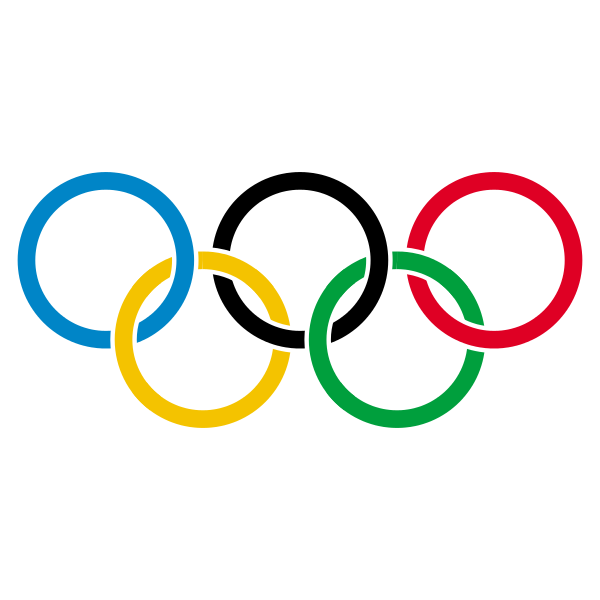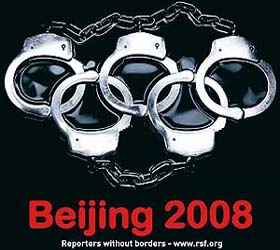Queen Elizabeth II hosted a reception at Windsor Castle today to commemorate the 100th anniversary of the IV Olympiad. Of course, it's only roughly the 100th anniversary, as the games were held between April and October, 1908. (They were serious about endurance back in those days.)
We here at Mount Olympics are going to celebrate the only way we know how: showing silly photos and telling entertaining stories. Happy 100 years, 1908 Olympics!
First, we must look at why the games were held in London in the first place. It was the first time in the history of the Olympic Games that two cities, Rome and London were vying to host Unfortunately for Rome, Italy decided that 1908 was a fairly good year to explode.
The Italian government decided that it should probably allocate its funds to, you know, rebuilding Naples rather than hosting an Olympic Games. So London it was!
From the beginning, the Games were controversial. But it wasn't genocide/severe human rights violations/Communism/terrorism controversy. No, this was the adorable type of controversy. It mainly involved flags. According to a list from Wikipedia, the controversies included:
- The Finnish team was expected to march under the Russian flag rather than the proud Finnish one. Many on the Finnish team chose to march in the Opening Ceremonies without a flag at all.
- The Swedish team decided not to march in the Opening Ceremonies at all after the Swedish flag was not displayed above the stadium.
- The US flag was also snubbed from the display above the stadium (that must have been some kind of an awesome display for people to get so worked up about it!) In retaliation, the American flag bearer refused to dip the flag to the royal box. And the proud tradition of not dipping the American flag to nobody was begun. (At least they didn't sing Toby Keith songs, that's all I'm saying.)
 Remember how Tug of War was totally a sport?
Remember how Tug of War was totally a sport?In 1908, the Gold Medal was awarded to a British team from the City of London Police Club. A small part of me can't help but think of the Ankh Morpork City Watch.
 Let's hear it for the British Lady Archers!
Let's hear it for the British Lady Archers! It doesn't matter that they were the only female archery team in the games! They totally rocked.
It doesn't matter that they were the only female archery team in the games! They totally rocked. The winners' certificate.
The winners' certificate.












